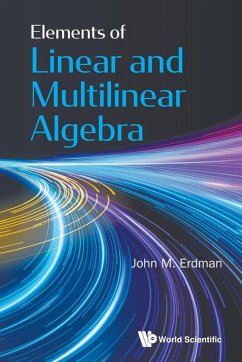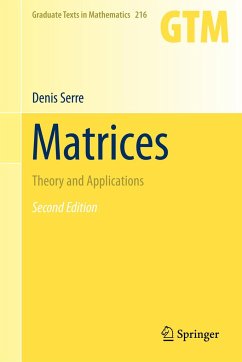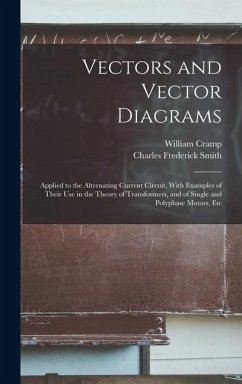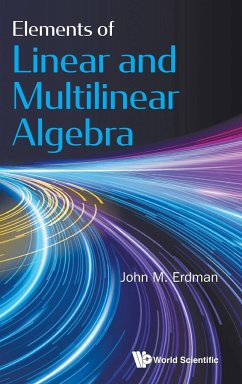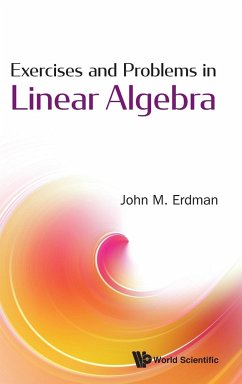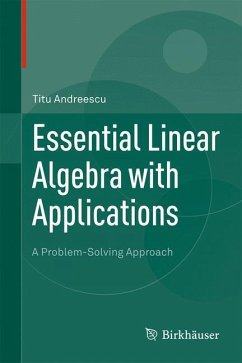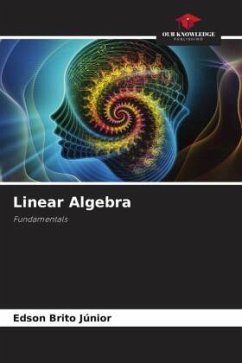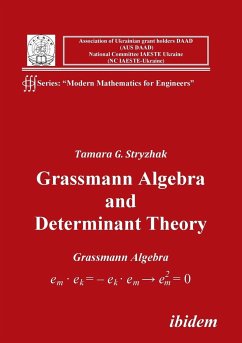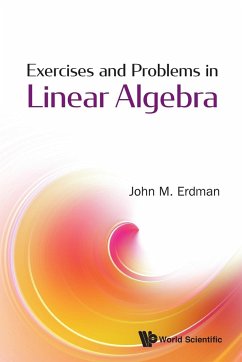
Linear Algebra
Lectures and Practicum
Versandkostenfrei!
Versandfertig in 6-10 Tagen
36,99 €
inkl. MwSt.

PAYBACK Punkte
18 °P sammeln!
The book "Linear algebra" is devoted to such chapters of Higher Mathematics, as "Matrices and Determinants", "Systems of Linear Equations". In addition to a number of elementary, entrywise operations such as matrix addition a key notion is matrix multiplication. The latter operation connects matrices to linear transformations, i.e. higher-dimensional analogs of linear functions, i.e., functions of the form f(x) = c - x, where c is a constant. This map corresponds to a matrix with one row and column, with entry c. In general matrices are used to keep track of the coefficients of linear equation...
The book "Linear algebra" is devoted to such chapters of Higher Mathematics, as "Matrices and Determinants", "Systems of Linear Equations". In addition to a number of elementary, entrywise operations such as matrix addition a key notion is matrix multiplication. The latter operation connects matrices to linear transformations, i.e. higher-dimensional analogs of linear functions, i.e., functions of the form f(x) = c - x, where c is a constant. This map corresponds to a matrix with one row and column, with entry c. In general matrices are used to keep track of the coefficients of linear equations and to record other data that depend on multiple parameters. This concept was also one of the historical roots of matrices. In the particular case of square matrices, matrices with equal number of columns and rows, more refined data are attached to matrices, notably the determinant, inverse matrices, which both govern solution properties of the system of linear equation belonging to the matrix, and eigenvalues and eigenvectors. Matrices find many applications. Physics makes use of them in various domains, for example in geometrical optics and matrix mechanics.



